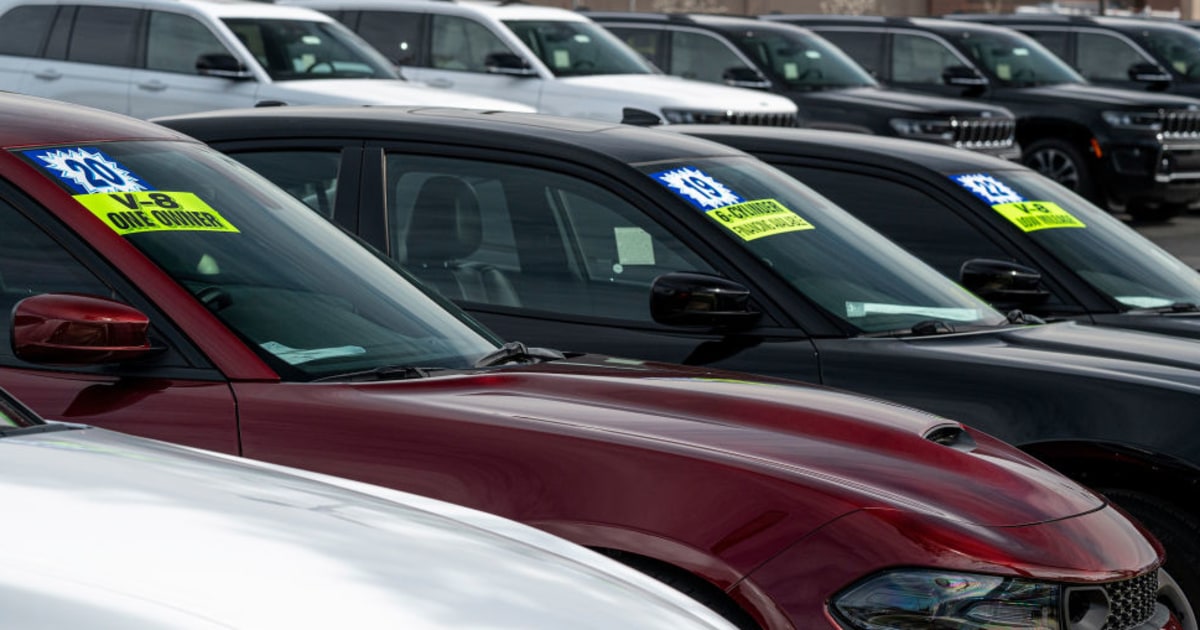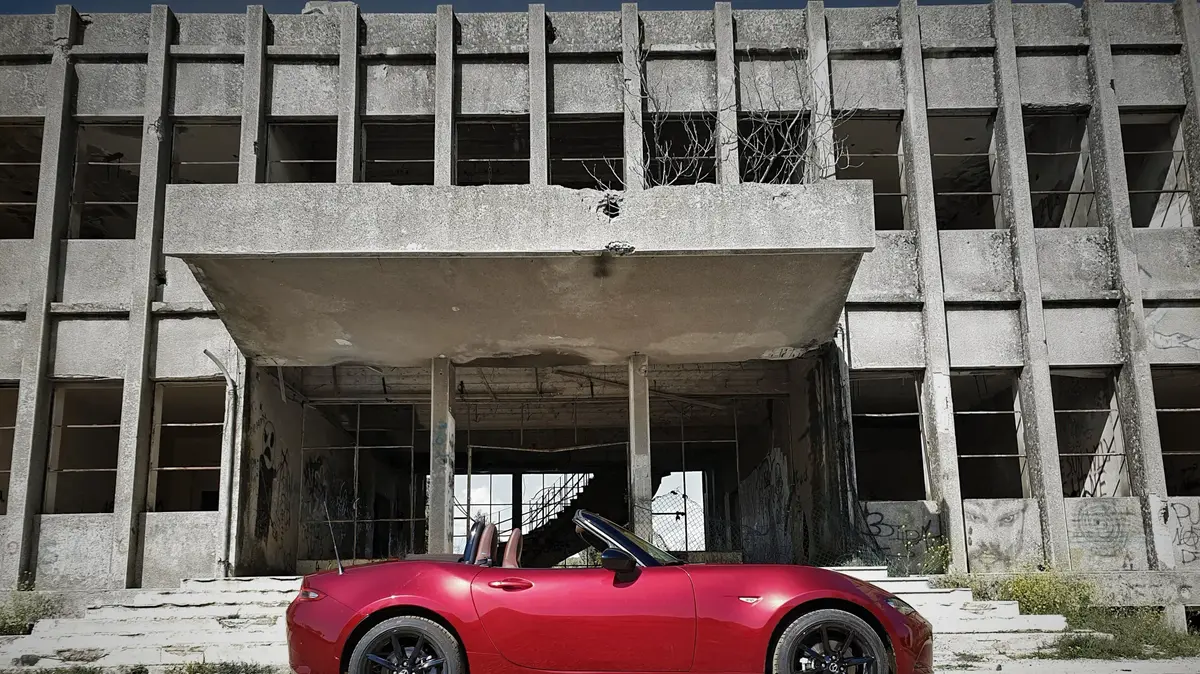By Michael Wayland -
CNBC
All new vehicles become used when they are sold.
It's a self-evident statement, but it goes to explain the root cause of the continuing inventory and pricing problems in the US used car market, which has been an indicator of the country's inflation levels.
In early 2020, at the start of the COVID-19 pandemic, automakers closed their factories for weeks to stop the spread of the virus in an unprecedented move that led to additional supply chain problems, such as the ongoing shortage of semiconductor chips, which in recent years saw production halted again for weeks, in some cases months.
[Used cars reached an all-time high. So you can minimize the risks if you need one]
This meant that fewer new vehicles were converted to used models for consumers to buy, leading to inventory constraints in both the new and used car markets, as well as record prices due to resilient demand.
Three years have passed since the first plant closures, and American consumers and the government should not expect the market to return to pre-pandemic "normal" levels.
Used vehicles for sale at a dealership in Richmond, Calif., Tuesday, Feb. 21, 2023.Bloomberg/Bloomberg via Getty Images
The notable drop in used car prices recorded late last year has been halved by 2023 as inventories remain significantly low following production disruptions.
There have also been reports of an unusually high number of consumers bailing out leasing contracts to avoid sky-high prices and rising interest rates.
“It looks like it will persist for some time,” said Chris Frey, director of industry prospects for Cox Automotive.
"It's really a function of this gap in new production, creating a dynamic where wholesale or used values are higher because there are millions fewer new vehicles that eventually become used."
[Thinking of buying a used car? Ian's time in Florida may affect him. We explain why]
Wholesale used vehicle prices were up 8.8% this year
through mid-March, according to the Manheim Used Vehicle Value Index, which tracks cars sold to dealers at auction.
Prices are trending higher, with the index heading back towards the record of 257.7 basis points set in early 2022. In mid-March it was 238.6.
Inventory of these types of vehicles fell 21% from a year ago and 26% from pre-pandemic levels of 2.8 million vehicles available in 2019. Cox Automotive does not expect total sales to return to pre-2020 levels of about 38.2 million units until at least 2026, Frey explained.
Inflation puts an end to dollar pizzas in New York
March 23, 202303:32
Adding to the gap in production is a change in the lease.
From 2019 to 2022, there was a 20% increase in the number of consumers who bought their rental vehicles instead of trading them in, according to Cox.
The increase occurred because in some cases the residual values of the vehicles were well above expectations, making it significantly cheaper to buy than to rent amid inflated prices and rising interest rates.
[This is why the cost of used cars increased]
“He's still under a lot of pressure, just like last year,” said Benjamin Preston, an auto journalist for Consumer Reports magazine.
“Prices have come down a bit, but the thing is, they are much higher than they were before the pandemic.”
In the Manheim Used Vehicle Value Index, Cox Automotive forecast that wholesale cost would end 2023 down 4.3% from December 2022. The company has not revised that forecast, but may have to in the middle of the price increase.
Inflation has improved, but for it to drop to the ideal level it will be necessary to swallow hard.
So you can prepare
March 14, 202302:36
The median value of a used vehicle was $26,068 in February,
the most recent data available, below last year's records of more than $28,000, but significantly higher than the $22,000 average Cox reported two years ago.
Traditionally for consumers, retail prices follow the evolution of wholesale prices.
So what is the solution?
There is no choice but to increase the production of new vehicles to increase the number of future used models.
Manufacturers are expected to boost production this year, but have also pledged not to overbuild like in the past.
“It is unlikely that we will return to pre-pandemic levels.
Vehicles cost a lot more now,” Frey laments.
“The landscape has changed.
[Automakers] aren't producing as many as before because they've found a taste of gold: huge benefits from not having as many vehicles in the making."






